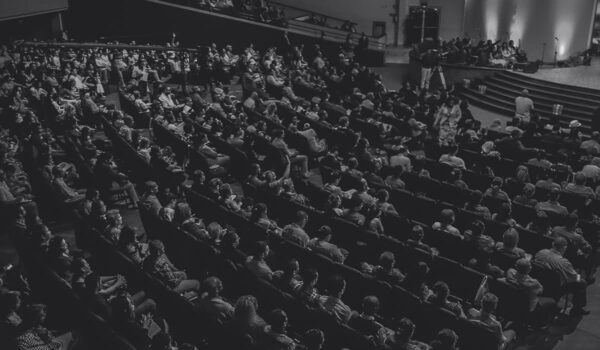The art of theater dates back to ancient times to totemic dances, ritualistic copying of animal habits, rites with the use of special costumes, masks, tattoos and body painting. At the early stages of theater development, the playwright and performer were united in one person.
In the ancient world, performances were attended by up to fifteen hundred spectators. The action of the performances unfolded in the bosom of nature, as if remaining the event of life itself. This gave the ancient theater a naturalness and liveliness.
In the Middle Ages theater developed in forms derived from liturgical drama performed as part of a church service. In the XIII-XIV centuries, genres isolated from services (mysteries and miracles) emerged, and folk motifs and performances penetrated into these church performances. Folk forms of theater were performed by amateur actors and strolling actors in the streets. In the XV century the most democratic genre of medieval theater was farce, wittily reproducing the life and morals of the contemporaries.
During the Renaissance national forms of theater became humanistic (Italian comedy of masks), theater became philosophical, and a tool of analysis of the world (Shakespeare), an instrument of social struggle (Lope de Vega).
The theater of classicism (17th century) is an actual art of its epoch, based on normative aesthetics (Boileau) and rationalistic philosophy (Descartes). It is based on the great tragedy (Racine, Corneille) and the great comedy (Moliere), a dramaturgy asserting the ideal heroes, ridiculing vices. The actors represent universal human traits of the characters disregarding their concrete-historical and national peculiarities. The theater of classicism is in the center of the artistic interests of the court and the needs of the public.
In the XVIII cent. the theater was enlightened by ideas of the Enlightenment (Diderot, Lessing), it became a means of social struggle of the third class against feudalism. Actors try to express the social situation of the character.
In the first half of the 19th century romantic theater spreads. It is distinguished by high emotionality, lyricism, rebellious pathos, characteristic in the portrayal of the characters.
In 30-s of the XIX-th century critical realism became a dominating direction in theater. This direction develops on the basis of playwrights Gogol, Ostrovskiy, later Chekhov, Ibsen, Shaw. The theater becomes deeply national and democratized, developing its mass, popular forms. Theaters intended for the common people appear: “boulevard” (Paris), “small” (New York), theaters in the suburbs (Vienna).
In the first third of the twentieth century the theater underwent a great reform: the director came to the theater. This is a conquest of the twentieth century. Directors K. Stanislavsky, V. Meyerhold, M. Reinhardt, A. Appiah, G. Craig, L. Kurbas created new scientific theories of stage art. In more recent times, the basic principle of performance has become ensemble. The director leads this ensemble (troupe), interprets the idea of the playwright, embodies the play into a performance and organizes its entire course.
